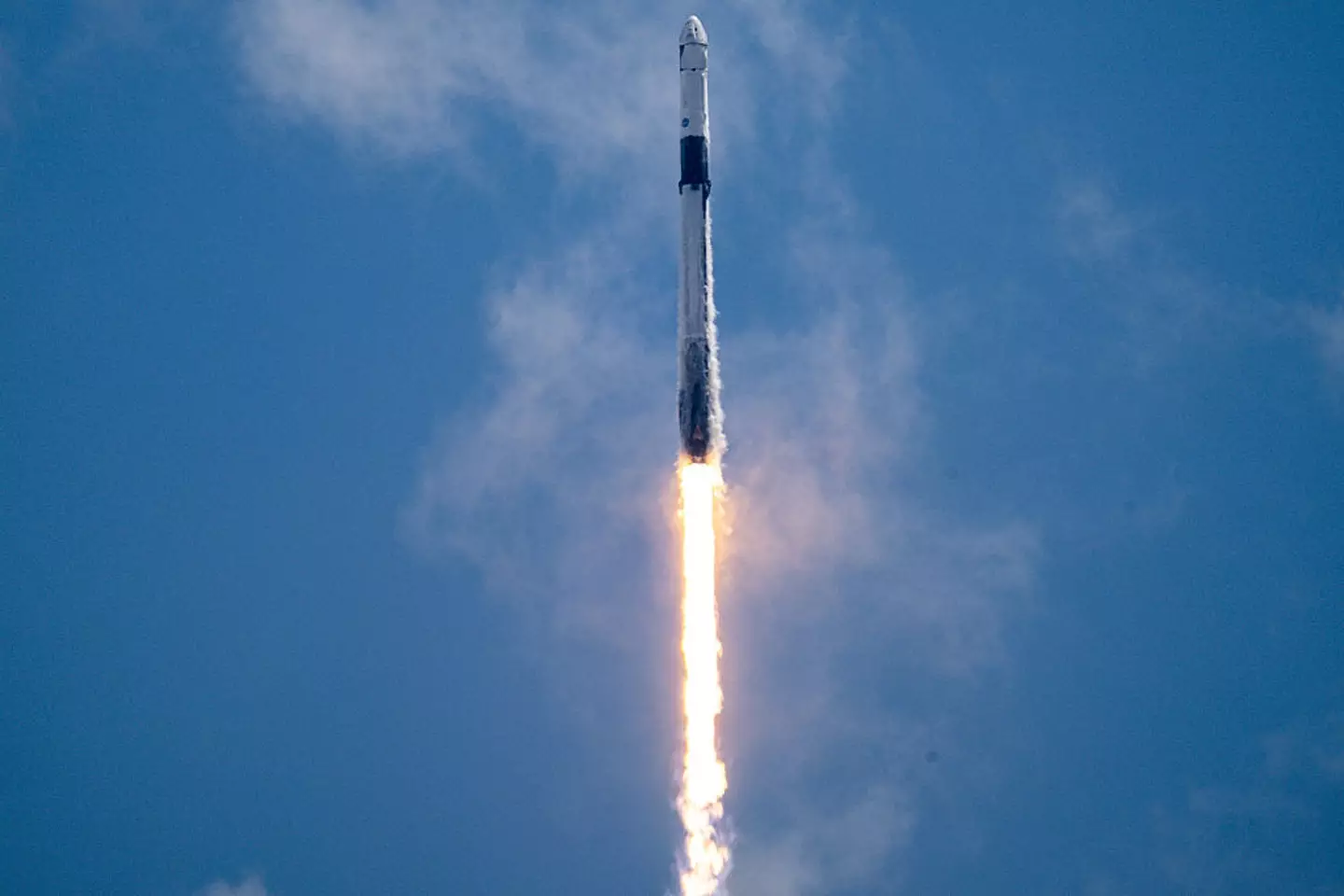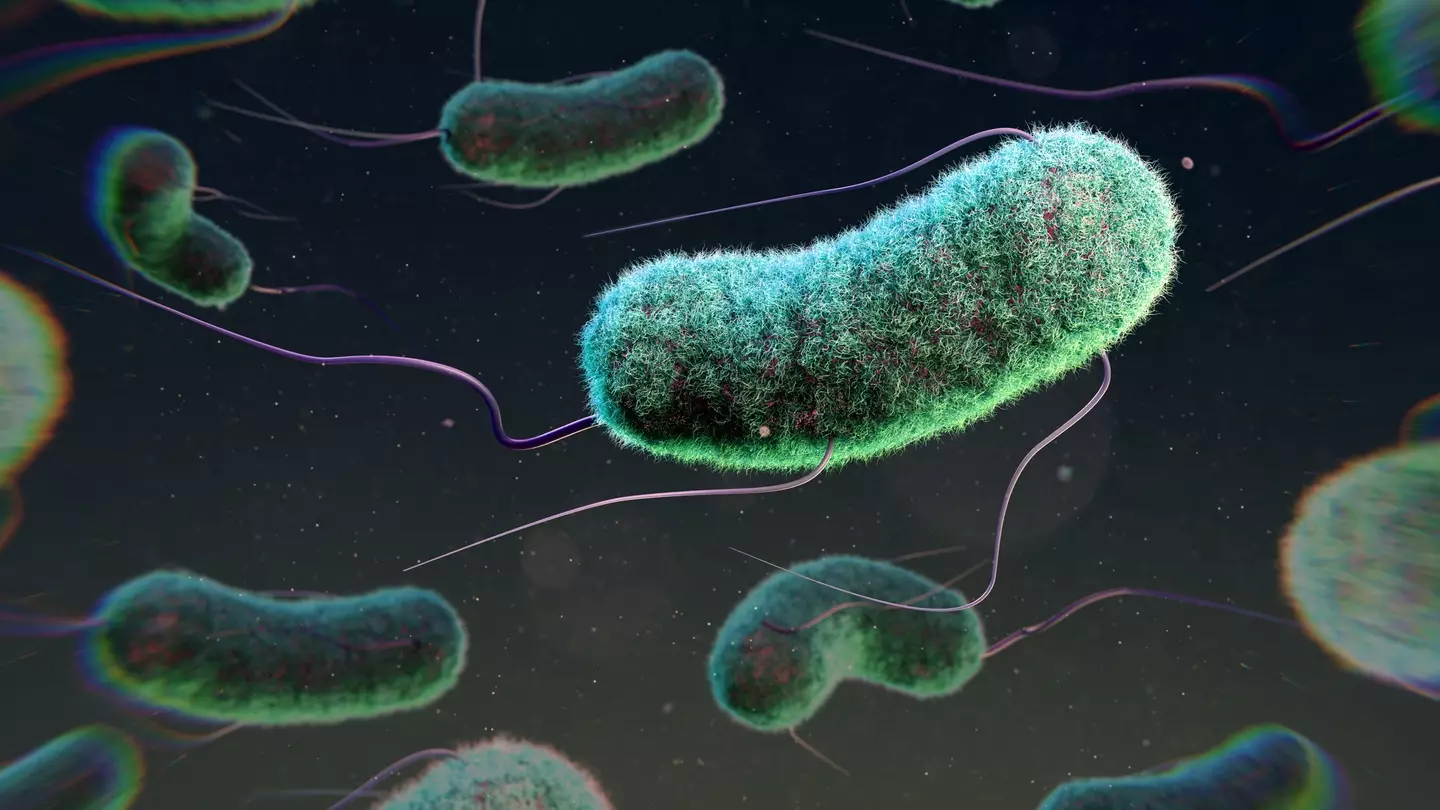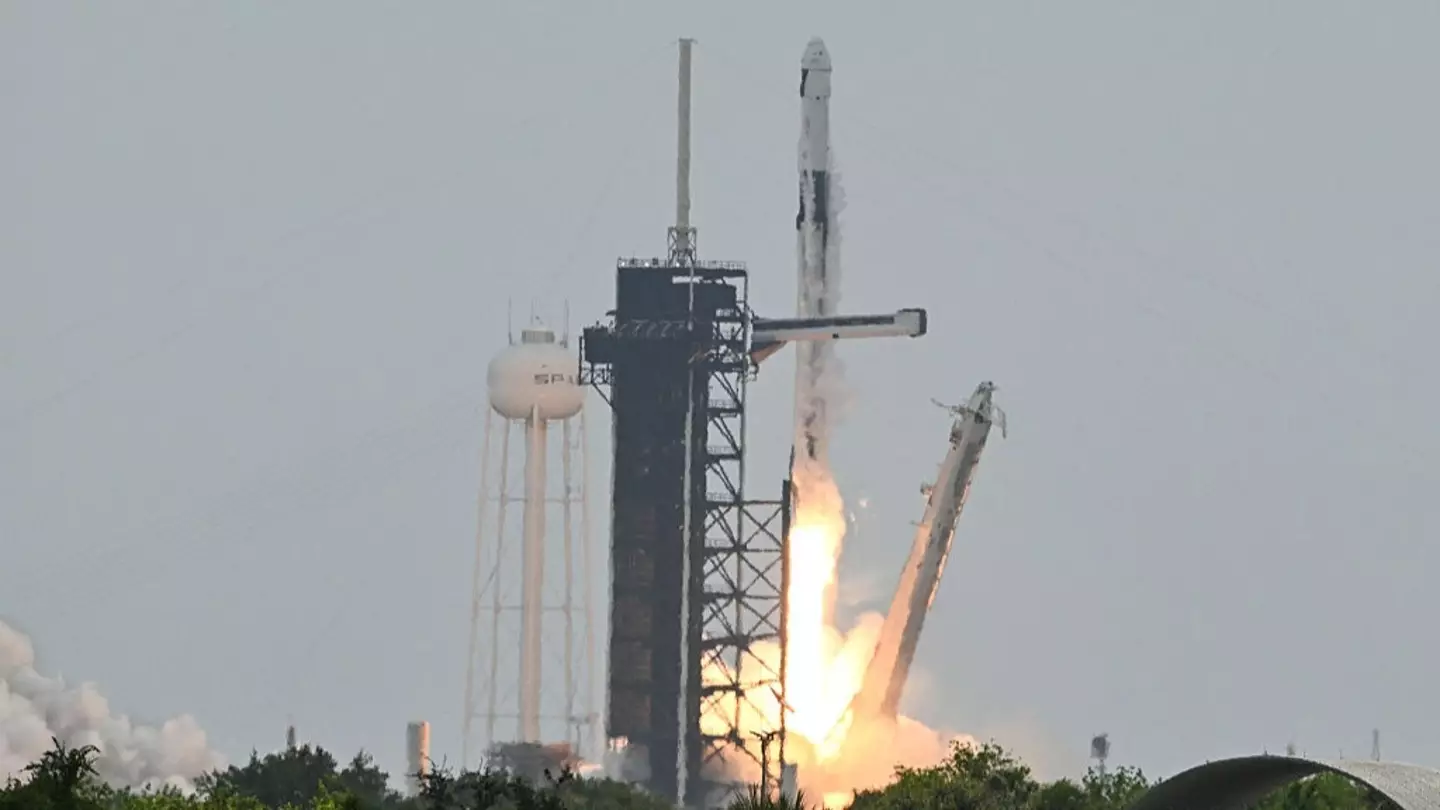SpaceX has sent some rather notorious bacteria to the International Space Station, but this mission is all in the name of science.
On Friday, August 1, NASA and SpaceX collaborated to launch Crew 11 on a six-month mission to the International Space Station (ISS). This four-person team includes one astronaut each from Japan and Russia, alongside two NASA astronauts. They departed from Florida’s Kennedy Space Center aboard the Dragon capsule owned by Elon Musk’s company, which was launched by a Falcon 9 rocket.
Following a 16-hour journey, the spacecraft successfully docked with the ISS on Saturday morning.
This mission carries harmful bacteria as part of a scientific study to observe how these microorganisms behave and adapt in the microgravity environment of space.

The bacteria sent include E. coli, known for causing numerous stomach illnesses in the US each year, as well as Salmonella bongori and Salmonella typhimurium, both associated with foodborne diseases.
The samples are carried in a specially designed payload that ensures stable conditions for long-term exposure and maintains precise temperature control.
This setup not only guarantees the bacteria reach the ISS in optimal condition but also minimizes the risk of accidental spills.
Being aboard the ISS amidst a bacterial spill would be far from ideal.
Researchers will study how the space environment influences these pathogens, potentially offering valuable insights into how they function on Earth.
This research might enhance our understanding of antibiotic resistance, a phenomenon where bacteria evolve to withstand treatments that were previously effective.

Antibiotic resistance is a significant concern for modern medicine, rendering common infections more challenging and sometimes impossible to treat. Discovering how space influences this process could inform future drug development.
After growing in microgravity, the bacteria will be stabilized, frozen at -80°C, and returned to Earth for “molecular and transcriptional analysis and direct comparison to bacteria grown simultaneously in an identical lab setup on Earth,” according to ARC space lab.
Prof. Ohad Gal-Mor, Head of the Infectious Diseases Research Laboratory at Sheba, remarked, “We know that space conditions affect bacterial behavior, including how they grow, express genes, and acquire traits like antibiotic resistance or virulence.
“This experiment will allow us, for the first time, to systematically and molecularly map how the genetic expression profile of several pathogenic bacteria changes in space.
“The insights we gain will augment our understanding of infectious disease risks in space travel, and also expand our knowledge of gene regulation and bacterial physiology in general.”
This isn’t the first time bacteria has been studied in space. NASA’s Genomic Enumeration of Antibiotic Resistance in Space (GEARS) project was initially launched on the ISS last year.

